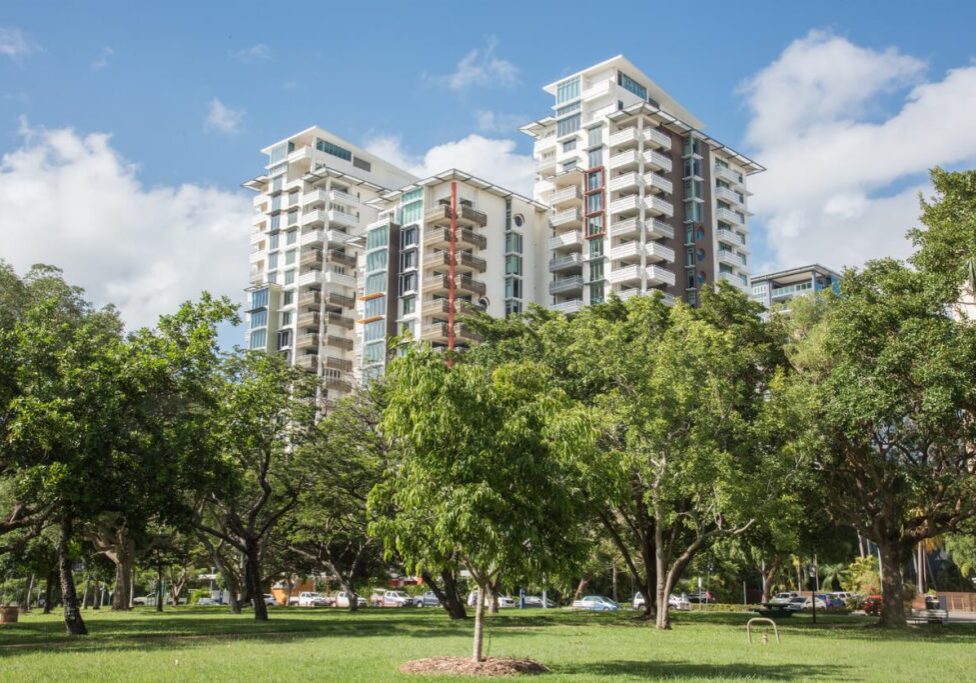Top 5 things you must know about landlord insurance

Landlord insurance will save you if things go wrong at your investment property. It is a must-have for any property investor. Despite this, there are a lot of misconceptions surrounding landlord insurance. What it can cover, what it can’t cover, and when coverage is applied, are all very common questions.
While the finer details can vary between policies, we have created this guide to help run you through common misconceptions about landlord insurance. So, here are the top 5 things you need to know about landlord insurance.
1. Your insurance policy doesn’t just run in line with a tenancy cycle
An important aspect of landlord insurance is that it covers your property during and between tenancies. While the most common risks that landlord insurance covers come from tenants, accidental damage, or loss of rent, there is a whole lot more covered.
Risks from fire, theft, storm, flood, cyclones, or impacts, are still very present between tenancies. If you wait to take out cover for when you have a tenant, you could be putting yourself up for a great degree of risk. Disasters can happen at any moment; it is best to be prepared or face the risk of a huge repair bill.
It’s not just the weather or theft you have to worry about, but potential legal liabilities too. The risk that someone could be injured at your property exists even when there isn’t a tenant occupying the premises. A repair person could fall off the roof as they weren’t informed of roof tiles in bad shape, or a potential tenant trips on uneven floorboards when inspecting the property. You could be held liable for their losses, which could be an expensive bill. Landlord insurance will cover this.
2. Coverage between tenancies can vary
When it comes to landlord insurance while your property is unoccupied there are a few caveats you should be aware of.
If you have a valid policy in place your property is generally protected between tenancies, what exactly is covered may change. Often, tenant-related issues will no longer be covered until the new tenant moves in. So, loss of rent or tenant damage will not be covered. This could be an issue if you have family or friends staying at the property without a lease in place. Of course, any damage or loss of rent from the previous tenant can still be claimed.
It is important to note that there is a difference between a property that is unoccupied and one that is vacant. A property that has been vacant for an extended period, often 90 days, may have its policy voided. This is because there are greater risks associated with properties vacant for an extended period; burst pipes, squatters, theft, and vandalism are all associated risks. If the insurer does agree to continue coverage they may do so with a higher excess and restricted coverage.
3. Insurance doesn’t transfer to the new owner when the property is sold
The insurance policy for landlord insurance isn’t attached to the property. Instead, it is a legally binding agreement between the owner of the property and the insurer. This means that once you sell your property, the insurance policy is void; it cannot be transferred between owners as the new owner is not a signatory to the policy.
Due to this, you will need to cancel your insurance when you sell your property. When doing so, ensure that you will continue to be insured up to the date you hand the property over to the new owner.
The new owner will need to apply for their own cover for the property. They should ensure that coverage for the property kicks off from the handover date when they take ownership of the property so that they are covered from day one. It is important to note that the new owner is not guaranteed to receive the exact same coverage of the property, as conditions may have changed in the insurance industry.
4. Cover for pet damage can have caveats
Cover for damage by pets in landlord insurance policies is not standardised. This means that insurers will cover pet damage differently depending on the policy, or not at all. Often the conditions for pet damage coverage can be tricky when it is covered.
Many insurance options require the pet’s name to be on the lease. This can be an issue if your tenant has a pet without your knowledge. So, if you want pet damage insurance for your property you may need to shop around for different options.
5. Rent default may not be easy to obtain
With COVID-19 flipping much of the insurance industry on its head, coverage for rent default is harder to obtain. Insurance companies were required to readdress the policies they offered in order to better protect their existing policyholders. With a moratorium on evictions being raised and a higher chance of tenants losing their jobs, the risk of rent default was raised. This meant coverage for rent default was universally halted.
However, for policyholders that include rent default, most insurers have continued that coverage. So, these policyholders have been able to renew and continue with their rent default coverage intact. As well as this, many insurers offer this coverage to new policyholders if they work with a partner agency. So, check with your property manager to see if you can get this kind of coverage.
Conclusion
Landlords insurance is vital to protecting your investment. It is something that the vast majority of landlords should have, or consider getting. Despite its importance, there are still many misconceptions surrounding it. Hopefully, having covered 5 of these misconceptions, you have a better idea of what landlord insurance does and does not cover.
If you have any questions or need assistance managing your property, come have a chat with Link Living.




